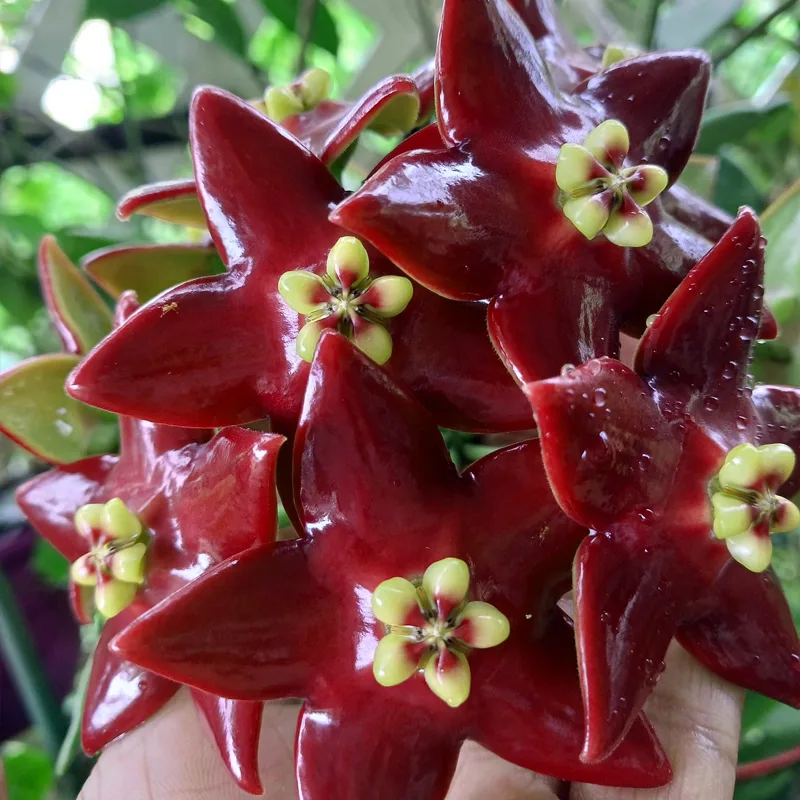
Frequently Asked Questions About Solidago Altissima
Solidago Altissima, commonly known as Tall Goldenrod, is a plant that often sparks curiosity and debate among gardeners and nature enthusiasts. As someone who has spent time exploring various plant species, I’ve come to appreciate the unique characteristics of Solidago Altissima. In this article, I’ll address some frequently asked questions about this plant, covering its benefits, potential issues, and how it compares to other species in the Solidago genus.
145 Species in Genus Solidago
What is Solidago Altissima?
Solidago Altissima is a species of goldenrod native to North America. It’s known for its tall, upright stems and clusters of small, bright yellow flowers that bloom from late summer to fall. This plant typically grows in fields, meadows, and along roadsides, reaching heights of up to 6 feet. Solidago Altissima is part of the Asteraceae family and plays a vital role in supporting pollinators like bees and butterflies.
Is Solidago Altissima Bad?
A common question is whether Solidago Altissima is “bad.” The answer depends on the context. In its natural habitat, this plant is beneficial. It supports pollinators, contributes to biodiversity, and helps prevent soil erosion. However, it can become problematic in managed gardens or agricultural settings due to its aggressive growth and tendency to spread rapidly. If not controlled, Solidago Altissima can outcompete other plants, leading to reduced plant diversity.
Is Solidago Altissima OK to Have Around?
For many gardeners, the question is whether Solidago Altissima is okay to have around. If you’re aiming to create a pollinator-friendly garden or restore native plant habitats, then yes, Solidago Altissima can be a great addition. It provides nectar and pollen late in the season when many other flowers have faded. However, if you prefer a more controlled or manicured garden, this plant’s vigorous nature might pose a challenge. In that case, consider using it in areas where it can spread freely without crowding out other desired plants.
How to Care for Solidago Altissima?
Caring for Solidago Altissima is relatively straightforward. It thrives in full sun and well-drained soil but is quite adaptable and can tolerate poor soil conditions. Watering needs are minimal once established, as it is drought-tolerant. Regular deadheading can help manage its spread, and cutting back the plant after flowering will prevent it from self-seeding excessively.
How to Propagate Solidago Altissima?
Propagation of Solidago Altissima can be done through seeds or division. Seeds can be collected in the fall once the flowers have gone to seed. Sow them directly into the soil in late fall or early spring. Division is another effective method. Simply dig up a clump of the plant in early spring or late fall and separate the roots before replanting.
Solidago Altissima vs. Solidago Canadensis
Solidago Altissima and Solidago Canadensis (Canada Goldenrod) are often confused due to their similar appearance. Both have tall stems and clusters of yellow flowers, but there are subtle differences. Solidago Altissima generally has a more robust and bushier appearance, while Solidago Canadensis is usually slightly shorter and less dense. In terms of habitat, Solidago Altissima prefers drier conditions compared to Solidago Canadensis, which can often be found in wetter environments.
Solidago Altissima vs. Solidago Gigantea
Another comparison often made is between Solidago Altissima and Solidago Gigantea (Giant Goldenrod). Solidago Gigantea, as the name suggests, can grow taller, sometimes exceeding 7 feet. It typically has smoother stems compared to the more hairy stems of Solidago Altissima. Solidago Gigantea also prefers slightly wetter habitats and is less aggressive in its growth compared to Solidago Altissima.
Can You Grow Solidago Altissima Indoors?
Growing Solidago Altissima indoors is not typically recommended due to its size and growth habit. It’s a plant that thrives in open spaces with plenty of sunlight and room to spread. However, if you have a large indoor greenhouse or sunroom, you might be able to grow it in containers, provided it gets enough light and air circulation.
Is Solidago Altissima Toxic?
One concern some people have is whether Solidago Altissima is toxic. Generally, it is not considered toxic to humans or pets. However, like many plants, it can cause skin irritation in sensitive individuals, especially during handling. It’s always a good practice to wear gloves when working with any plant if you have sensitive skin.
Benefits of Solidago Altissima
Solidago Altissima offers several benefits. It provides critical support for pollinators, particularly bees and butterflies, during late summer when food sources become scarce. Additionally, its deep roots help prevent soil erosion, making it valuable for land restoration projects. Its bright yellow flowers also add a burst of color to landscapes, making it a popular choice for naturalistic and wildflower gardens.
Common Problems with Solidago Altissima
While Solidago Altissima is hardy and resilient, it can face some issues. The most common problems include its aggressive spreading habit and potential to dominate a garden space. Powdery mildew can occasionally affect it, particularly in humid conditions. Keeping the plant well-spaced and ensuring good air circulation can help minimize this problem.
What to Plant with Solidago Altissima?
When planting Solidago Altissima, consider companion plants that can complement its height and provide a succession of blooms. Good companions include asters, coneflowers, and native grasses, which can offer contrasting textures and colors. These plants also share similar growing conditions, making them ideal partners in a garden setting.
Conclusion
Solidago Altissima is a versatile plant that offers both ecological benefits and aesthetic appeal. While it can be aggressive, careful management allows gardeners to enjoy its bright blooms and support local wildlife. Whether you’re looking to enhance biodiversity, prevent soil erosion, or add a splash of color to your garden, Solidago Altissima is worth considering.
If i die, water my plants!



